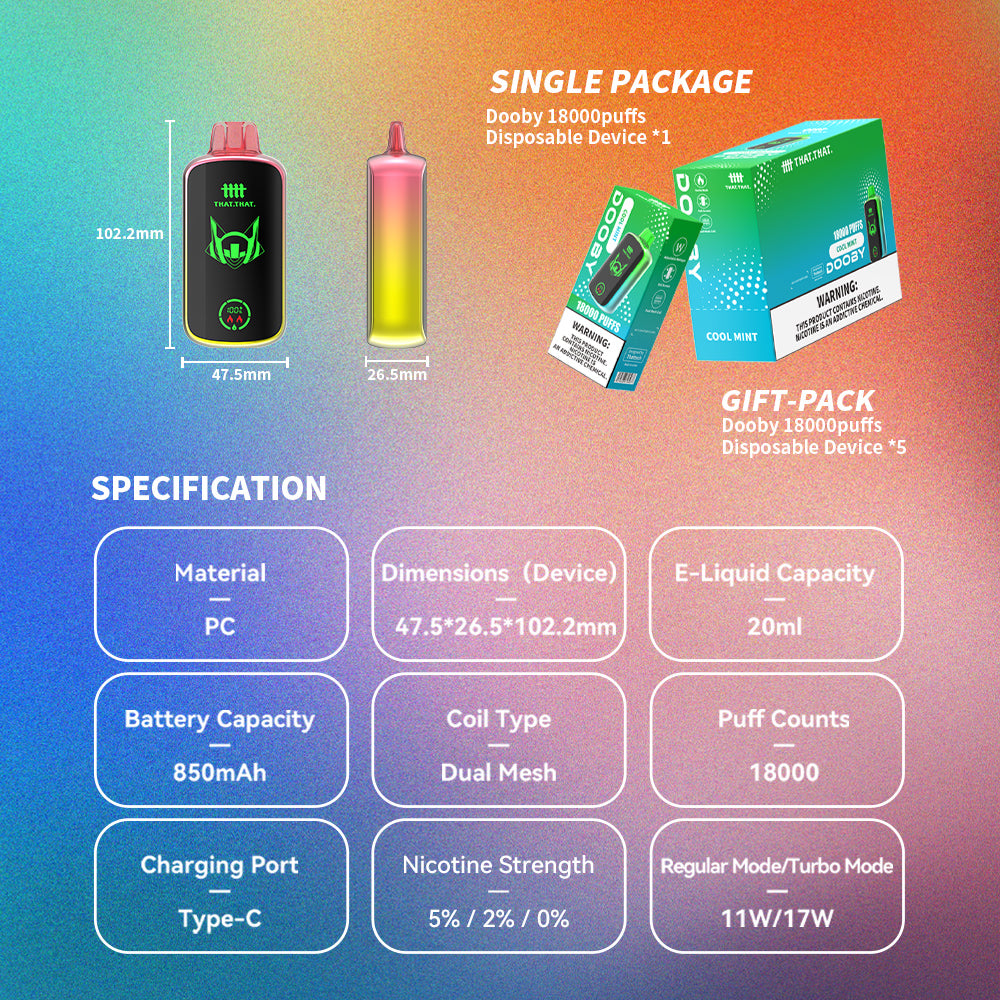The Cost of Vaping: A Comprehensive Breakdown of Expenses
How Much Does It Cost to Vape?
Understanding the Cost of Vaping
Vaping has become an increasingly popular alternative to traditional smoking. With its potential health benefits and variety of options, many are curious about the cost involved in making the switch. In this article, we'll explore the various expenses associated with vaping and help you determine whether it's the right choice for you.
1. Initial investment
The first cost to consider is the initial investment in your vaping setup. This includes the purchase of a vape device, e-liquids, and any additional accessories. Prices can vary greatly depending on the brand and type of device. A basic starter kit can cost as little as $20, while more advanced setups can run into the hundreds of dollars.
2. E-liquid costs
E-liquids, or vape juices, are a recurring expense for vapers. The cost can vary depending on the brand, ingredients, and nicotine strength. On average, a 30ml bottle of e-liquid can cost anywhere from $10 to $30. The frequency of replacement will depend on your usage habits.
3. Device maintenance and replacement
Vape devices require regular maintenance to ensure optimal performance. This can include cleaning, coil replacements, and battery maintenance. Over time, you may also need to replace parts of your device or upgrade to a new one. Coil replacements can cost around $5 to $15, while a new device can range from $50 to several hundred dollars.
4. Accessories and extras
As a vaper, you may find yourself drawn to various accessories and extras to enhance your experience. This can include storage cases, advanced coils, and even vaping apparel. While not necessary, these items can add to the overall cost of vaping.
5. Long-term savings
One of the main benefits of vaping is the potential for long-term savings. By switching from traditional cigarettes to e-cigarettes, you can significantly reduce your expenses. A pack of cigarettes can cost around $8 to $12, while the equivalent amount of e-liquid can last much longer and cost less.
6. Health-related costs
While the health effects of vaping are still being studied, many believe that it can be a healthier alternative to smoking. By making the switch, you may be able to reduce or eliminate health-related costs associated with smoking, such as medical bills and insurance premiums.
7. Hidden costs
There are also some hidden costs to consider when calculating the overall expense of vaping. This can include the cost of electricity to charge your device, the cost of filters or ventilation if you're vaping indoors, and potential travel costs if you're purchasing your supplies from a specific location.
Conclusion
Deciding to vape can be a significant financial decision. By understanding the various costs involved, you can make an informed choice about whether it's the right option for you. While there are some upfront and ongoing expenses, many vapers find that the potential health benefits and long-term savings make vaping a worthwhile investment.





